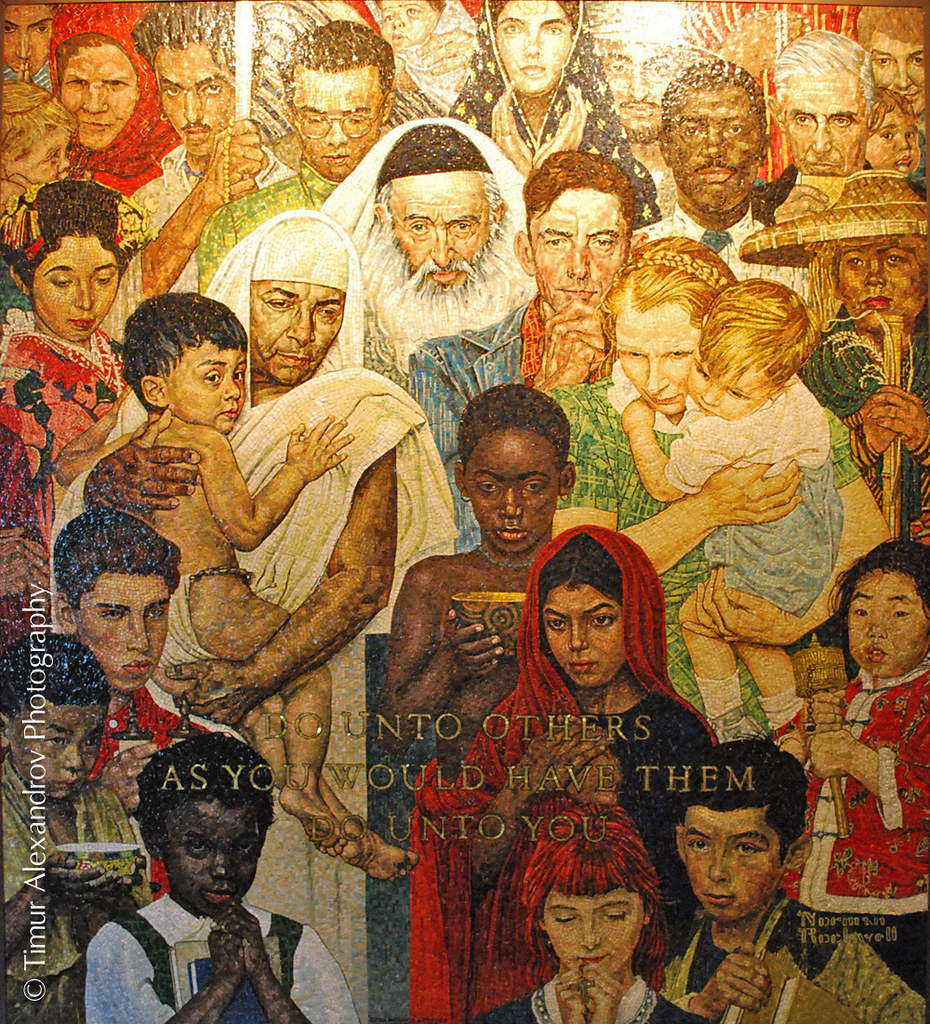The words that President Abraham Lincoln spoke at that cemetery dedication in the little town of Gettysburg, Pennsylvania have resonated throughout America’s history. Each word, combination of words or word order – at different times and to different generations of Americans – touched some responsive chord.
These same words inspired business names, ad jingles, song lyrics, rap songs, and even YouTube videos. They also provoked a tsunami of books, articles, movies, videos, and blog posts directed at parsing their meanings. In fact, the title of one of these books – a 1930s work – frames this point perfectly: Lincoln at Gettysburg: What He Intended to Say; What He Said, What He Was Reported to Have Said, What He Wished He Had Said. [1]
Some scholars through the years, however, deride these words as “well-worn passages…told and retold so many times [they’ve] changed from vividly classic to hopelessly archaic.” One person even went as far as to say they were words from “so minor an incident as the delivery of an address, strictly occasional, by a man who was not a noted orator.” [2]
But all rhetoric exists within a particular context. It lives – or dies – based on how appropriately the message meets the demands of its audience of the moment. Aristotle called it kairos – the “opportune moment” – which reflects the importance of setting and time to the message being delivered.
The words that President Lincoln spoke to an audience of thousands on November 19, 1863 – regardless of their parsed meanings or their assignation by some to the dusty bin of archaism – still meet the demands of 2021 audiences. So much so that Time magazine lists these words – collectively – as one of the ten greatest speeches of all time. [4]
I, for one, agree. Don’t you?
Food for thought.
Mac
As an FYI: The image that leads this post is a painting by Norman Rockwell titled: “Abraham Lincoln Delivering the Gettysburg Address” (1942). Rockwell painted this scene in his Arlington, Vermont studio. His model for Lincoln was Louie Lamone, an Arlington area resident [shown below]. (Source: Norman Rockwell Museum, Stockbridge, MA)

Works Cited
[1] Barton, William E. (1930). Lincoln at Gettysburg: What He Intended to Say; What He Said, What He Was Reported to Have Said, What He Wished He Had Said. Indianapolis, IN: Bobbs-Merrill Co.
[2] Johnson, Martin P. (2013) Writing the Gettysburg Address. Lawrence KA: University of Kansas Press. p.2.
[3] Kinneavy, James; Catherine Eskin (2000). “Kairos in Aristotle’s Rhetoric”. Written Communication: International Quarterly of Research, Theory, and Application. 17 (3): 432–444.
[4] Top 10 Greatest Speeches According to Time Magazine | elink



Leave a comment